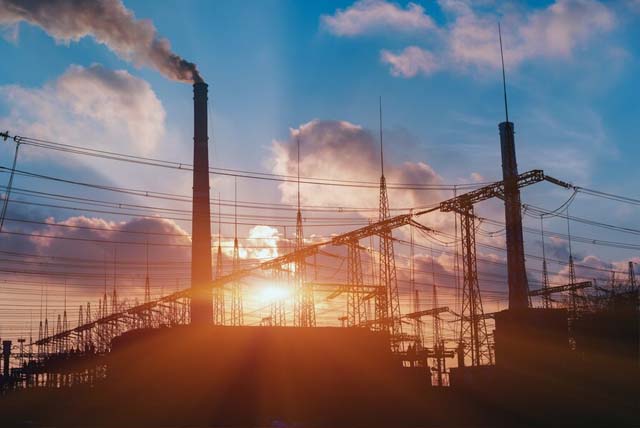June 18, 2021 (MLN): As the post-pandemic demand, recovery begins to ease and supply concerns fade, prices of multiple commodities fell from their multi-year highs in May including palm oil, lead, copper, and grains, said Fitch Ratings in its weekly commodities outlook.
It said that the chances of a broad-based commodities super-cycle over the next few years similar to what was seen in the 2002-2008 period are slim and most commodity prices will not remain at record highs for the remainder of 2021.
Fitch said these expectations are underpinned by the slowdown in growth in China and higher inventories (excluding copper) relative to demand.
“Since May 2021, prices of some commodities have eased from multi-year highs achieved earlier in H121, as the demand recovery following the Covid-19 pandemic begins to lose pace, and some supply concerns have faded,” it highlighted.
“This has included metals such as lead and copper, and we believe that copper prices are likely to have peaked for the year, with sentiment weakening. Grains and soybean prices have also fallen, whilst palm oil prices have dropped by 25% since mid-May,” said Fitch.
Palm oil
Palm oil prices dropped by 25% since mid-May following the ease in soy prices. Fitch believes prices could be volatile and even pick up again in the near term as a resurgence of Covid in Malaysia will keep production subdued due to labor shortages.
Fitch is bearish on palm oil on a 12-month-horizon.
Meanwhile, supported by the recent easing of some commodities prices, Fitch believes that commodities prices will broadly fall from the multi-year highs seen in H121 over the remainder of 2021.
Iron ore, steel
Iron ore and steel prices will generally remain elevated relative to recent years, before stabilizing in 2022 despite the current rallies.
Fitch believes ferrous metal prices will remain elevated for a while longer before price stabilization in H221 plays out. Iron ore and steel prices have started to rally once again amid idiosyncratic fundamental issues and speculation.
Despite historical tendencies for steel prices to cool in June when construction activity usually slows in China, prices have continued to rise due to investor speculation of a supply crunch on the back of government efforts to lower steel production (even though production has not slowed yet, and Fitch believes there will not be any slowdown in 2021).
High steel prices have resulted in a rise in steel profit margins, which are allowing headroom for iron ore prices. Additionally, supply issues for iron ore have led to iron ore prices rallying once again. In June, a mining accident in Shanxi province has resulted in a halt to iron ore production in the area, leading to tightened stocks.
Concomitantly, interruption to production at Vale's Timbopeba mine and part of its Algeria mine due to government orders has led to investor panic on an imminent supply reduction from Brazil.
Fitch forecasts iron ore prices to average $160/ton and steel prices to average $800/ton in 2021.
Oil
On oil price, Fitch pointed out that there was no change in Brent price forecasts this month maintaining the view for the benchmark to average $66/bbl in 2021 and $64/bbl in 2022. However, it warned that there is near-term upside risk to prices.
Global vaccination rates continue to increase and allow reduced restrictions that are spurring a sharp bounce in economic activity in markets which should still spur increased oil consumption that will further tighten supplies with key indicators showing backwardation in both the prompt and six-month spreads increasing.
“With oil breaking and hold[ing] well above a key resistance level of $70/bbl since early June, technicals indicate that oil has now some room to run which is supported by the fundamentals outlook,” it added.
The main bearish constraints to prices are potential supply impacts from Iran and the significant volume of production cuts from OPEC+.
In addition, Fitch expects US shale to continue recovering across the 12–24-month timeframe with a return to growth in 2022. It said that these sources of additional supply could temper even the most bullish ambitions and should limit price upside.
Copyright Mettis Link News
41783







